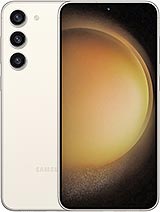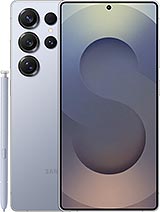Redmi Note 14 SE alternatives
Tap above to see alternatives.
Vivo X200 alternatives
Tap above to see alternatives.
Redmi Note 14 SE

Redmi Note 14 SE
-
Dimensity 7025
6 nm
-
5110 mAh
45W
-
6.67"
1080 x 2400 pixels
-
50 MP
1080p@30fps
- Specs
2x2.5 GHz Cortex-A78
6x2.0 GHz Cortex-A55
1x3.63 GHz Cortex-X925
3x3.3 GHz Cortex-X4
4x2.4 GHz Cortex-A720
16GB 512GB (UFS 4.0)
f/1.5, 26mm (wide), 1/1.95", 0.8µm, PDAF, OIS
8 MP
f/2.2, 21mm (ultrawide), 1/2.8"
2 MP
f/2.4, (macro)
f/1.6, 23mm (wide), 1/1.56", PDAF, OIS
50 MP
f/2.6, 70mm (periscope telephoto), 1/1.95", PDAF, OIS, 3x optical zoom
50 MP
f/2.0, 15mm, 119˚ (ultrawide), 1/2.76", 0.64µm, AF
1080p
f/2.2, (wide), 1/4.0", 0.7µm
f/2.0, 20mm (ultrawide)
1080p@30/60fps
SIM1: Nano, SIM2: Nano (Hybrid)
SIM1: Nano, SIM2: Nano
7 5G bands
n1, n3, n5, n8, n28, n40, n78
8 5G bands
n1, n3, n5, n8, n28, n40, n77, n78
In this performance comparison, the Vivo X200 with its Mediatek Dimensity 9400 (3nm) performs better than the Redmi Note 14 SE with the Mediatek Dimensity 7025 (6nm), thanks to superior chipset efficiency.
Vivo X200 offers 4 years of OS updates, while Redmi Note 14 SE does not have confirmed OS update information. Vivo X200 receives 5 years of security updates, while Redmi Note 14 SE does not have confirmed security update information.
Both Redmi Note 14 SE and Vivo X200 feature AMOLED displays, offering vibrant colors and deeper blacks. Both smartphones offer the same 120 Hz refresh rate. Vivo X200 also boasts a brighter screen with 4500 nits of peak brightness, enhancing outdoor visibility. Notably, Vivo X200 offers a higher screen resolution, resulting in sharper visuals and more detailed content.
Vivo X200 features a larger 5800 mAh battery, potentially delivering better battery life. Vivo X200 also supports faster wired charging at 90W, compared to 45W on Redmi Note 14 SE.
Vivo X200 offers better protection against water and dust with an IP69 rating.
- Vivo X200 – Check price here
¹ Scores can vary even with the same chipset due to RAM, thermals, and software optimization.











